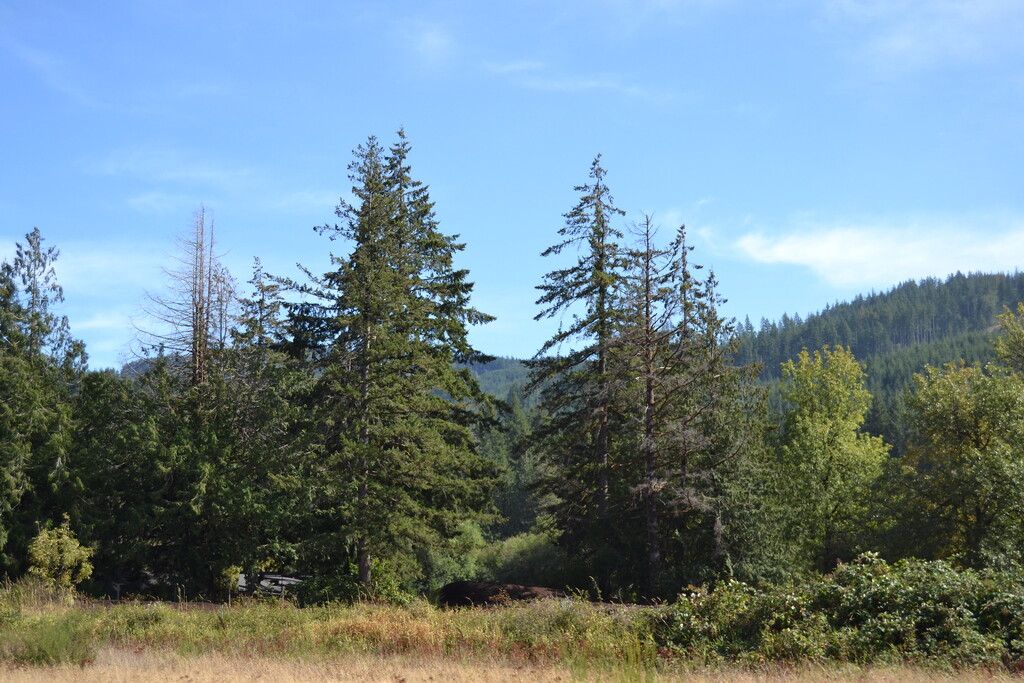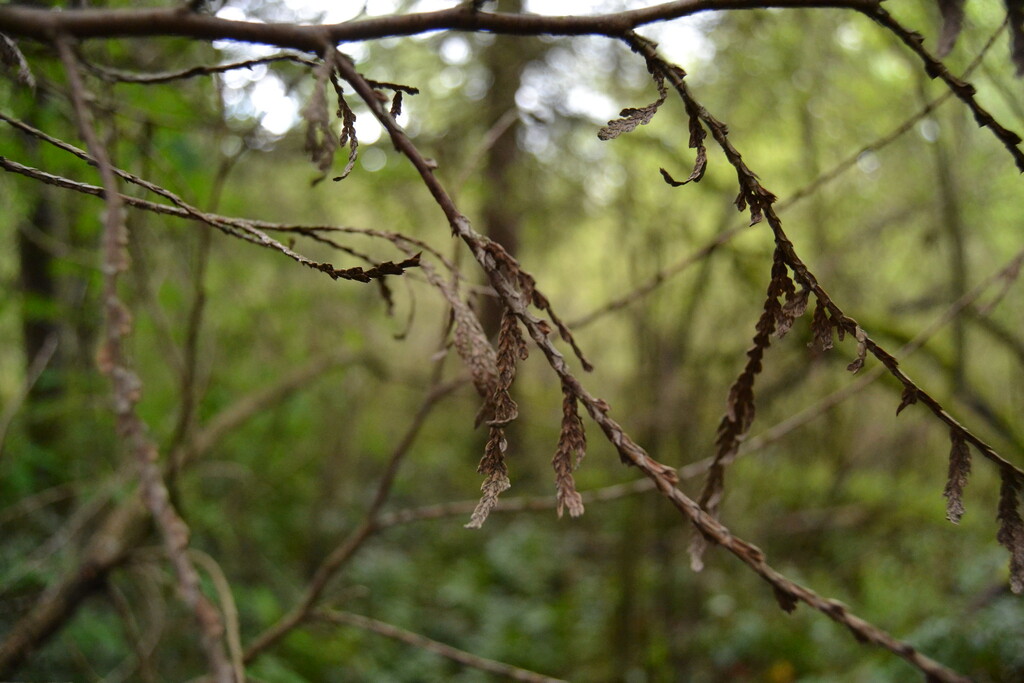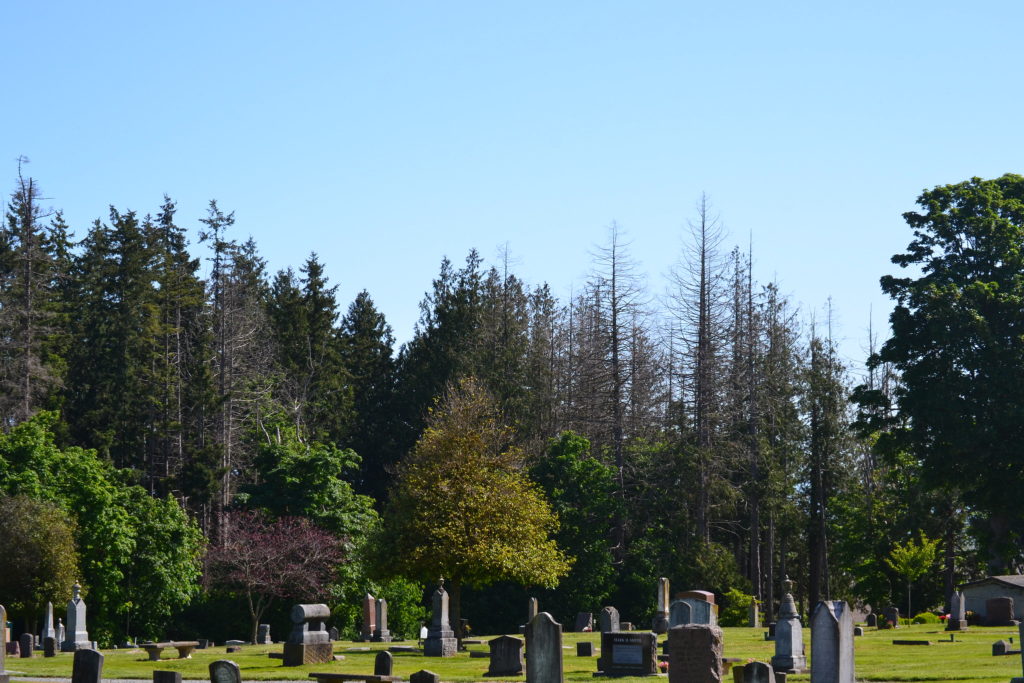Two Methods to Contribute to Research About the Dieback of Western Redcedar

By Joey Hulbert, Program Director, Forest Health Watch
Western redcedar is an important component of the forests and history of the Pacific Northwest.
Its existence has been central to the livelihoods of northwest indigenous communities and the establishment of the northwest as the nation’s timber capital. Indeed, there is a lot to learn about the northwest from western redcedar, and a quick search can reveal its nature as a generous and strong species, providing countless northwest stories and resources for our lands, economies and cultures. However, despite the rich history of western redcedar, many trees have been observed dying recently and its future in our region is unclear.
There is growing evidence of the link between the regional dieback of western redcedar and recent longer and hotter summer droughts. Still, we can find examples of many seemingly healthy trees next to a completely dead tree in our properties and communities. What factors explain this heterogeneity?


It is also unclear whether the recent increase in dieback is indicative of all populations or whether we’re only seeing the dieback of trees established during a previous wet periods. If we want to ensure future generations have a chance to benefit and learn from redcedar, more research is needed to understand the dieback issue and make decisions about where and how to sustain it.
Forest owners and managers across the Pacific Northwest can help accelerate research and understanding about the factors affecting the health of western redcedar through two methods: sharing observations online or collecting soil samples.
Sharing observations online
More than 600 people have joined the Western Redcedar Dieback Map project and shared nearly 2000 observations of healthy and unhealthy trees using iNaturalist, but more observations are needed. Each observation is invaluable for assessing environmental patterns linked to the dieback of western redcedar. Knowing where trees are healthy and unhealthy enables researchers to compare climate, soils and topography data and identify factors that distinguish healthy and unhealthy trees. Readers can share observations on iNaturalist using their camera and computer, or a mobile device.
Learn more by following this guide or visit https://foresthealth.org/map for instructions.
Collecting and submitting soil samples
Readers can submit soil samples for a preliminary investigation into the microbes associated with healthy and unhealthy western redcedar trees. The presence of root pathogens may explain the heterogeneity observed within sites and properties.
Understanding what microbes to avoid or plan for will be critical for growing and sustaining redcedar in the future, especially if trees are already stressed from unfavorable climatic conditions. Readers can collect and submit soil samples for research by following this guide or visiting https://foresthealth.org/soil/

The Forest Health Watch was established in 2020 to engage communities in research and learning about tree health issues in the region. The dieback of western redcedar was identified as a primary concern and the above methods were developed to invite communities to engage in the research. The program is thrilled with the number of contributions, participants and partnerships it has established, but continues to invite feedback and opportunities to collaborate.
Readers are encouraged to share their perspectives and suggest future research projects at https://foresthealth.org/
Thank you to Joey Hulbert, Program Director for the Forest Health Watch, for contributing this article. All photos © Joey Hulbert.

Leave a Reply